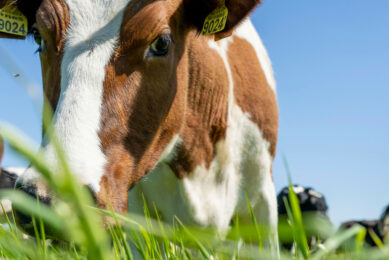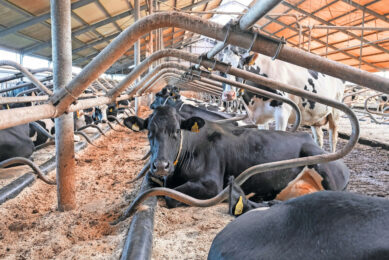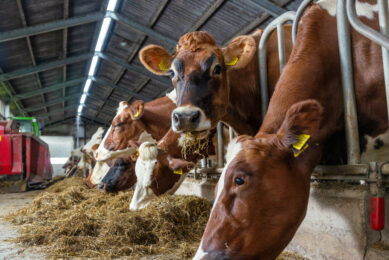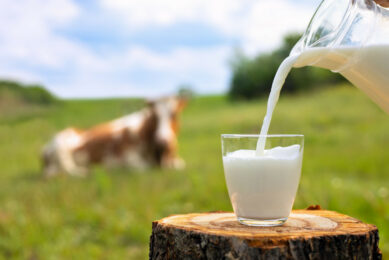The Netherlands prepares for lumpy skin disease
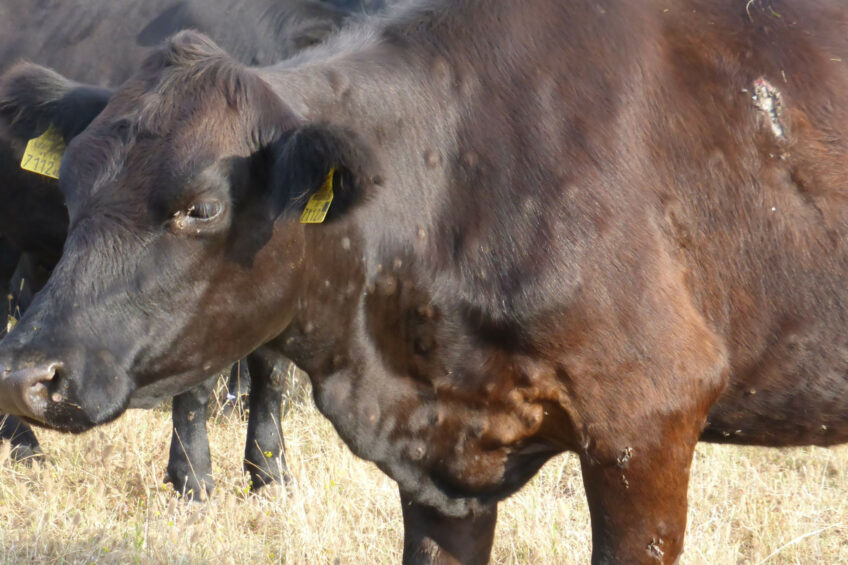
The cattle sector in Europe remains on high alert. The cause for this? Lumpy skin disease. Following outbreaks in France and Italy, now, the Netherlands is preparing for a possible outbreak.
Lumpy skin disease is a relatively unknown animal disease in the Netherlands. And with good reason, as there has never been an outbreak in the country. Even now, the poxvirus that causes the disease is still about 500 kilometres away as the crow flies. Nevertheless, the Netherlands is dusting off its response plans now that the virus has emerged in France and Italy.
This is mainly due to the enormous impact an outbreak has. Lumpy skin disease is a Category A animal disease in Europe, just like foot and mouth disease or African swine fever. Europe wants to completely eradicate these diseases, which means outbreaks must be controlled. Infected cattle herds must be culled. The disease can have significant economic consequences, both at the farm level, due to its significant impact on livestock, and at the national level, due to trade bans.
Until recently, Italy and France, like the Netherlands, had never experienced an outbreak of the disease. However, the virus was first detected on the Italian island of Sardinia at the end of June. Since then, the number of infections has risen sharply. There are now 52 outbreaks in Sardinia and 75 outbreaks in eastern France, near the Swiss border. In addition, one more outbreak has been reported in northern Italy at a farm that had imported animals from Sardinia.
Vaccination strategy in the making
This situation is alarming the rest of Europe. The situation in France and Italy is being closely monitored by other European countries. In the Netherlands, the Ministry of Agriculture, Fisheries, Food Security and Nature (LVVN) is developing a vaccination strategy against lumpy skin disease as a precaution. The ministry is exploring the possibilities of vaccination if an outbreak of the virus were to be detected in the Netherlands. The ministry expects to have more clarity on the vaccination strategy by the end of September.
According to the veterinary organisation KNMvD, the Netherlands is collaborating with neighbouring countries, such as Germany, Belgium, and Denmark, to establish strategic vaccine procurement and agreements on this matter. France, Italy, and Switzerland already deployed vaccination last month in the fight against the virus. Animals have been vaccinated in broad zones around infected locations.
Origin unknown
The origin of the virus is unknown. Very often, the origin is never determined, as has been demonstrated in recent years with the various Bluetongue outbreaks. The virus is persistent in several North African countries. Lumpy skin disease is a so-called vector-borne disease, meaning the virus is transmitted by insects. It can also be spread to a new region through the movement of livestock.
Culling and 50-km zone
Should the virus reach the Netherlands, the infected farm animals must be culled, and measures will be implemented within a 50-km zone around the location. Within this zone, 95% of the cows on 75% of the farms must be vaccinated, according to the LVVN.
The Animal Disease Expert Group recommends starting vaccination within the 2-km zone in such situations and then scaling up to areas that can be vaccinated in 1 day. If time is tight, it’s reasonable to start with livestock that roam freely and then vaccinate livestock that are housed, according to the experts. This is based on experiences with Bluetongue, where it was shown that housed animals are less likely to become ill compared to those that roam freely. Both diseases are spread by insects.
Lumpy skin disease is not a zoonosis. Therefore, humans cannot become infected. It is, however, a notifiable disease. In the Netherlands, both livestock farmers and veterinarians must report any suspected infection to the Netherlands Food and Consumer Product Safety Authority (NVWA). This can be done via the national animal disease reporting centre at phone number: 045 – 546 31 88.



